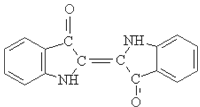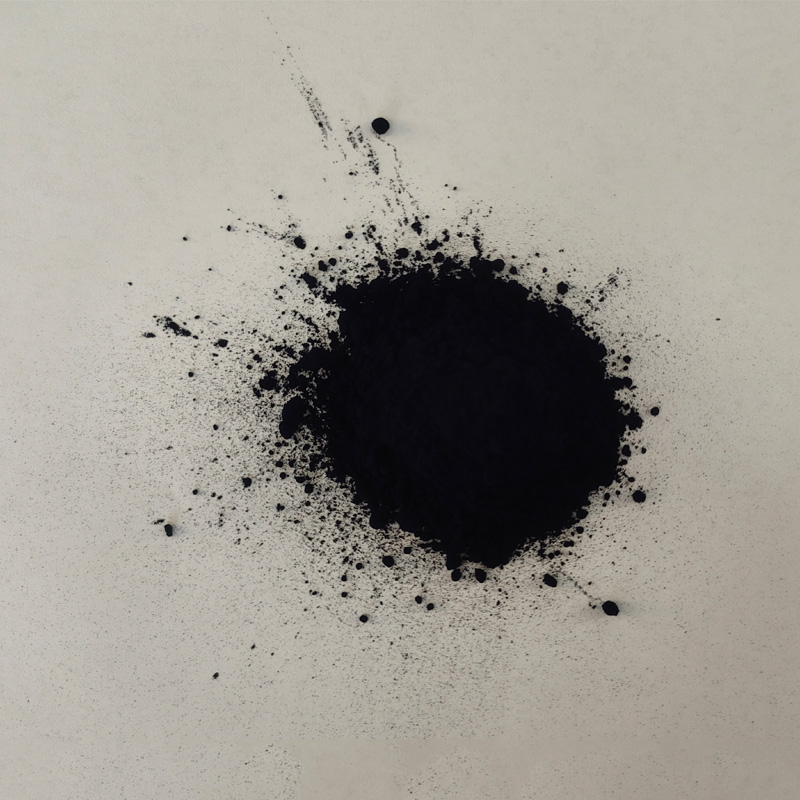Indigo Blue Vat Blue


Industrialists and ecologists are also increasingly attentive to the benefits of natural dyes over synthetic alternatives. True indigo offers a more sustainable dyeing option that minimizes chemical runoff and water pollution, while simultaneously providing a vibrant color spectrum unattainable by synthetic means. This alignment with ecological principles bolsters the authenticity and trustworthiness of products derived from the indigo plant, encouraging a circular economy. When discussing quality, the concept of craftsmanship cannot be overlooked. It is in the hands of skilled artisans that the indigo dye is transformed into an element of beauty, remaining sensitive to the dye's unique properties. Techniques such as shibori, batik, and ikat reflect a deep understanding and timeless appreciation of the dyeing process. These methods highlight the expertise involved in maintaining consistent dye lots, achieving precise patterns, and ensuring long-lasting colorfastness. As demand for eco-friendly and culturally enriched products escalates, the relevance of high quality indigo dye signifies more than a fleeting trend; it symbolizes a profound respect for historical practices and natural resources. For businesses and consumers alike, investing in indigo-dyed products signifies a commitment to ethical production processes, supporting communities whose livelihood depends on traditional dyeing techniques. In summary, the high quality dye from the indigo plant stands as a beacon of experiential craftsmanship, environmental responsibility, and enduring aesthetic appeal. Its journey from plant to pigment encapsulates a powerful narrative of tradition, innovation, and mindful consumption, fostering a global appreciation for the intricate artistry interwoven with sustainable practices. As with the indigo dye itself, the story only deepens and enriches with each new generation drawn to its enigmatic allure.
-
The Timeless Art of Denim Indigo Dye
NewsJul.01,2025
-
The Rise of Sulfur Dyed Denim
NewsJul.01,2025
-
The Rich Revival of the Best Indigo Dye
NewsJul.01,2025
-
The Enduring Strength of Sulphur Black
NewsJul.01,2025
-
The Ancient Art of Chinese Indigo Dye
NewsJul.01,2025
-
Industry Power of Indigo
NewsJul.01,2025
-
Black Sulfur is Leading the Next Wave
NewsJul.01,2025

Sulphur Black
1.Name: sulphur black; Sulfur Black; Sulphur Black 1;
2.Structure formula:
3.Molecule formula: C6H4N2O5
4.CAS No.: 1326-82-5
5.HS code: 32041911
6.Product specification:Appearance:black phosphorus flakes; black liquid

Bromo Indigo; Vat Bromo-Indigo; C.I.Vat Blue 5
1.Name: Bromo indigo; Vat bromo-indigo; C.I.Vat blue 5;
2.Structure formula:
3.Molecule formula: C16H6Br4N2O2
4.CAS No.: 2475-31-2
5.HS code: 3204151000 6.Major usage and instruction: Be mainly used to dye cotton fabrics.

Indigo Blue Vat Blue
1.Name: indigo blue,vat blue 1,
2.Structure formula:
3.Molecule formula: C16H10N2O2
4.. CAS No.: 482-89-3
5.Molecule weight: 262.62
6.HS code: 3204151000
7.Major usage and instruction: Be mainly used to dye cotton fabrics.

